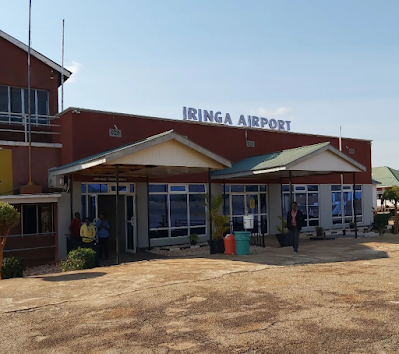This month marks the 10 year anniversary of our arrival to Tanzania! I vividly remember being in my brother's house in Denver when I got an email with my initial job offer. I had gone through several interviews with many organizations all over the world and in my mind Tanzania was just another of the dozens of countries that I was sending job applications off to. But after reading the confirmation email I checked the Wikipedia page for Tanzania and noted that Mt. Kilimanjaro was there as well as Serengeti National park, otherwise I was very unfamiliar with the country. I did note that the official languages were English and Swahili though it would be clear upon arrival that Swahili was the lingua franca of the country. At the time we were on an open ended trip and thus had to pack up immediately, pass through my hometown as well as pass through Ana's home town (in a different country) before we were onward to Moshi. I think I was offered the job on the 11th of October and made it to Moshi by the 11th of November.
I've spent nearly my entire 30s in Tanzania and have grown immensely professionally having first arrived as a coordinator before a series of internal promotions and new jobs led me to a director level role. I got married in a Tanzanian courthouse, bought my first (and second) vehicle here, and lived in two separate regions (Kilimanjaro and then Iringa). I've learned Swahili to a level that allows me to be proficient in work and general; fluent is a strong word but I am proud of my level of language abilities here.
Having a partner from another country means that we spend our annual monthly holiday split between our home countries but we have been incredibly lucky to have spent a fair amount of time traveling within Tanzania (proof is, this blog). There are still plenty of areas that we've not yet visited would like to; an overland trip to Mahale National Park in western Tanzania, exploring the shores of Lake Tanganyika, hiking through the Ngorongoro Highlands en route to Lake Natron, Pemba Island remains unexplored, as well as southern Tanzania around the Ruvuma river. And that's not even considering all the places that we've already been before and are old time favorites! I am hopeful that when the time comes to leave Tanzania for good, we'll be able to go on an extended road trip to explore all the places we haven't had time for and bid farewell to our favorite places.
This is a bit of a niche statistics but we are keen birdwatchers and have seen 773 species since coming to Tanzania. One of the more interesting statistics that we've managed to see a new species every year, something which is becoming increasingly difficult though we have not had to make an intentional trip to tick this box.
Some of my favorite anecdotes...
-The one time someone in Singida had the same phone number as me. We were living in Moshi at the time and for several weeks Tigo had issued my number to an individual in Singida, apparently involved in some type of agriculture. I received phone calls and texts for weeks looking for this person and he likely experienced the same inconvenience of having people calling him looking for me.
-The arrival of speed radar guns, causing chaos on the road with traffic police. Previous to the radar guns arrival there was no hard evidence of traffic violations and thus, for better or for worse, less enforcement of the painstaking 50km zones on the main highway.
-The digitization of the government payments. The traffic police used to get paid on the spot at a traffic stop only issuing an official "gold paper" receipt. Seeing them gives me PTSD to a time of inefficiencies and opaqueness. I also remember paying national park entry fees with cash something which is now forbidden.
-Our first big break down, failure of the injector pump, after a perilous and long drive to Lake Natron and back. I was relieved that we were at least near to a larger town on the highway where there were plenty of opportunities for help. We had just driven through some very sparsely populated landscapes and thus I expressed our good fortune, much to the chagrin and alternate perspective of Ana. The "garage" was open air and when rain poured the entire afternoon the reality that we would not make it back to work the next day settled in. We were about to board a bus but the mechanic finished at the last minute.
-The fact that I am 10 years in, claimed I am close to fluent in Swahili, and just realized this week that Swahili has no Q, X or Z in their alphabet. I mean, I obviously have not used them but having never formally learned Swahili (though I do have reference books) I clearly missed this interesting feature of Swahili.


























.jpeg)

























